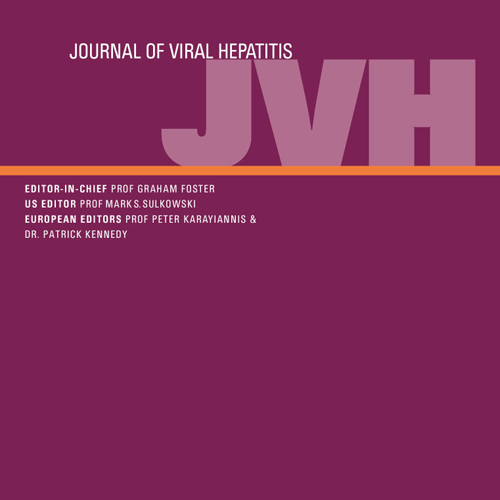Summary
In 2014, an analysis was conducted to evaluate the hepatitis C virus (HCV) epidemiology and disease burden in Germany. Since then, there have been considerable developments in HCV management such as the implementation of direct acting antivirals. The aim of this analysis was to assess the recent data available for Germany, establish an updated 2020 HCV prevalence and cascade of care and evaluate the impact of what-if scenarios on the future burden of disease using modelling analysis. A dynamic Markov model was used to forecast the HCV disease burden in Germany. Model inputs were retrieved through literature review, unpublished sources and expert input. Next, three “what-if” scenarios were developed to evaluate the status quo, COVID-19 pandemic, and steps needed to achieve the WHO targets for elimination. At the beginning of 2020, there were 189,000 (95% UI: 76,700–295,000) viremic infections in Germany, a decline of more than 85,000 viremic infections since 2012. Annual treatment starts went down since 2015. Compared with 2019, the COVID-19 pandemic resulted in a further 11% decline in 2020. If this continues for two years, it could result in 110 excess HCC cases and 200 excess liver related deaths by 2030. To achieve the WHO targets, 81,200 people need to be diagnosed, with 118,600 initiated on treatment by 2030. This could also avert 1,020 deaths and 720 HCC cases between 2021 and 2030. Germany has made strides towards HCV elimination, but more efforts are needed to achieve the WHO targets by 2030.

